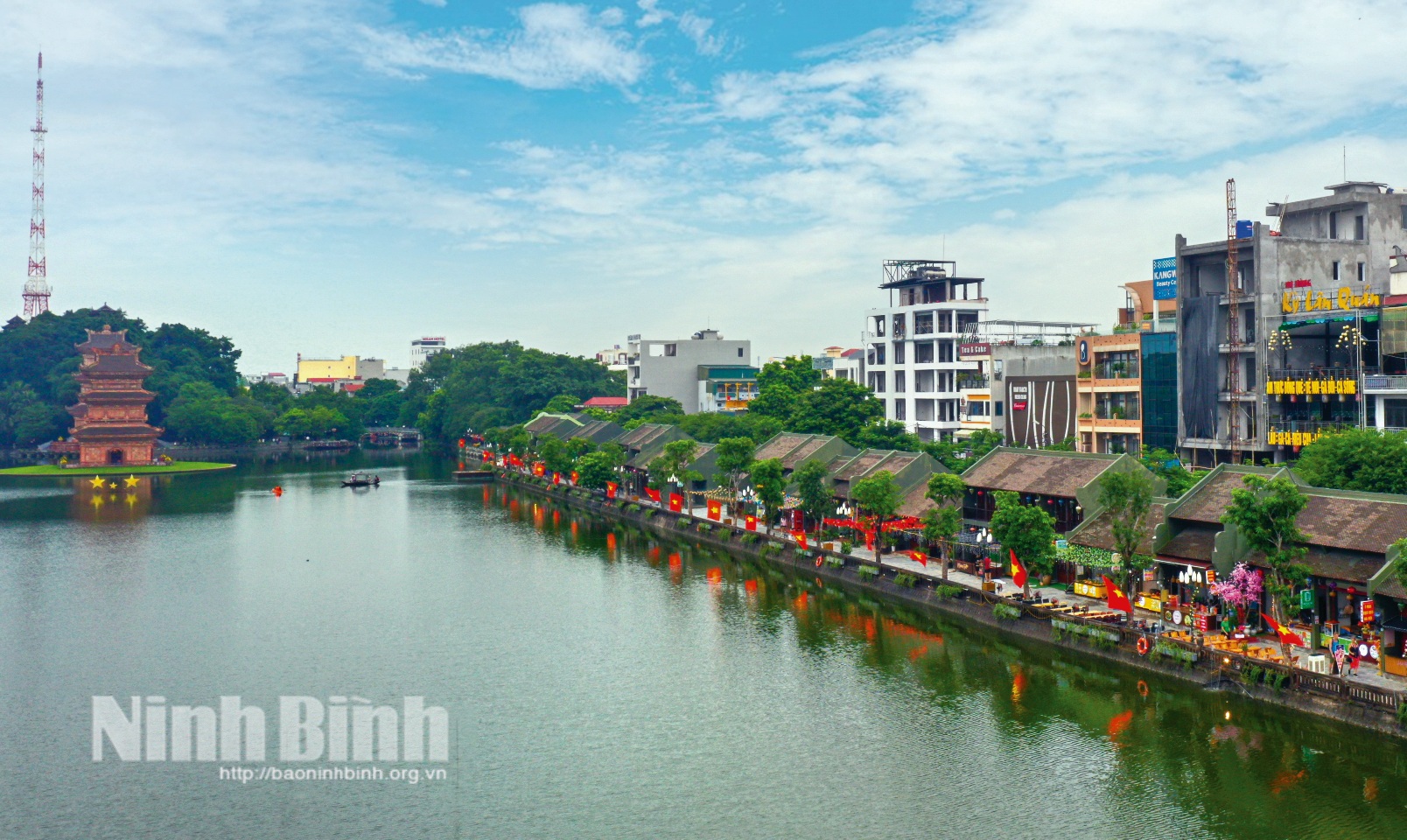Ninh Binh follows late President Ho Chi Minh's teachings

Within 15 years, the northern province of Ninh Binh was honored to welcome President Ho Chi Minh for five times.
On January 13, 1946, President Ho Chi Minh visited Bishop Le Huu Tu and people in Phat Diem town of Kim Son district.
On February 10, 1947, Uncle Ho came to Ninh Binh to chair a meeting in Lang Phong commune of Nho Quan district to discuss ways to step up agricultural production, support evacuated people, and the Vietnamese government during the resistant war against French colonials.
On March 15, 1959, he paid a visit to Khanh Cu commune of Yen Khanh district to inspect and encourage local residents to fight against draught.
On October 18, 1959, President Ho Chi Minh attended a meeting to direct the winter-spring crop production.
The last time he visited Ninh Binh was on July 20, 1960 when he inspected production activities of the state-owned Dong Giao farm.
Uncle Ho's visits were not only the great honour of the localities and units where he came but also the common joy and great honour of the whole provincial Party Organisation and people. His teachings were the political tasks that Uncle Ho expected the provincial Party Organisation, administration and people to implement.
Implementing Uncle Ho's teachings and Testament, the Party Organisation, administration and people of Ninh Binh upheld the spirit of solidarity, strived their best to overcome difficulties and challenges, and joined hands with the whole country to defeat the US imperialists to liberate the South and regain national reunification.
After the resistance war, Ninh Binh people actively restored socio-economic development and healed the wounds of war. In particular, since its re-establishment in 1992, the province has reaped remarkable achievements in various fields.
Throughout tenures, the provincial Party Committee have issued many sound decisions such as stepping up economic shifting, taking industry as the main economic sector; developing service sectors with a focus on developing tourism; and changing traditional agricultural production to developing the agricultural economy.
To date, the provincial Party Committee has clearly shaped up the viewpoint on economic development in a rapid, strong and sustainable manner, focusing on three main growth drivers namely supporting industry, hi-tech industry and clean technology; organic agriculture; and developing tourism as a spearhead economic sector.
The province sets a target of becoming a centrally-run city with characteristics of a millennium urban heritage and creative city and a growth pole of the Red River Delta by 2035.
Thanks to these policies, the province's economy has enjoyed sound growth in the past few years. Its economy scale has been expanded continuously. 2022 marked the first year Ninh Binh has balanced its collection and spending itself, and partially contributed to the central budget.
The economic structure has changed positively, with a rising share of the industry, construction and service sectors making up 90% of the province's GRDP.
Especially, the tourism sector has enjoyed robust growth. The recognition of Trang An Landscape Complex as a World Cultural and Natural Heritage Site by UNESCO has opened up opportunities for the province's tourism industry to become a spearhead economic sector.
In 2022, Ninh Binh was one of the first three provinces to complete connection to the national database on population and among 20 cities and provinces that were officially connected to the national database on population to serve digital transformation.
In 2023, the province's PAR INDEX was 88.72%, ranked 11th out of 63 centrally-run cities and provinces nationwide while its PAPI reached 44.07 points, ranking 14th. Ninh Binh's PCI was ranked 19th out of the country's 63 centrally-run cities and provinces.
More than 50 years since President Ho Chi Minh passed away, his sentiments and teachings have been still kept in the mind of Ninh Binh officials and people and have become a momentum for Ninh Binh to build itself into a civilised and prosperous province.
Translated by Nguyen Thuy


